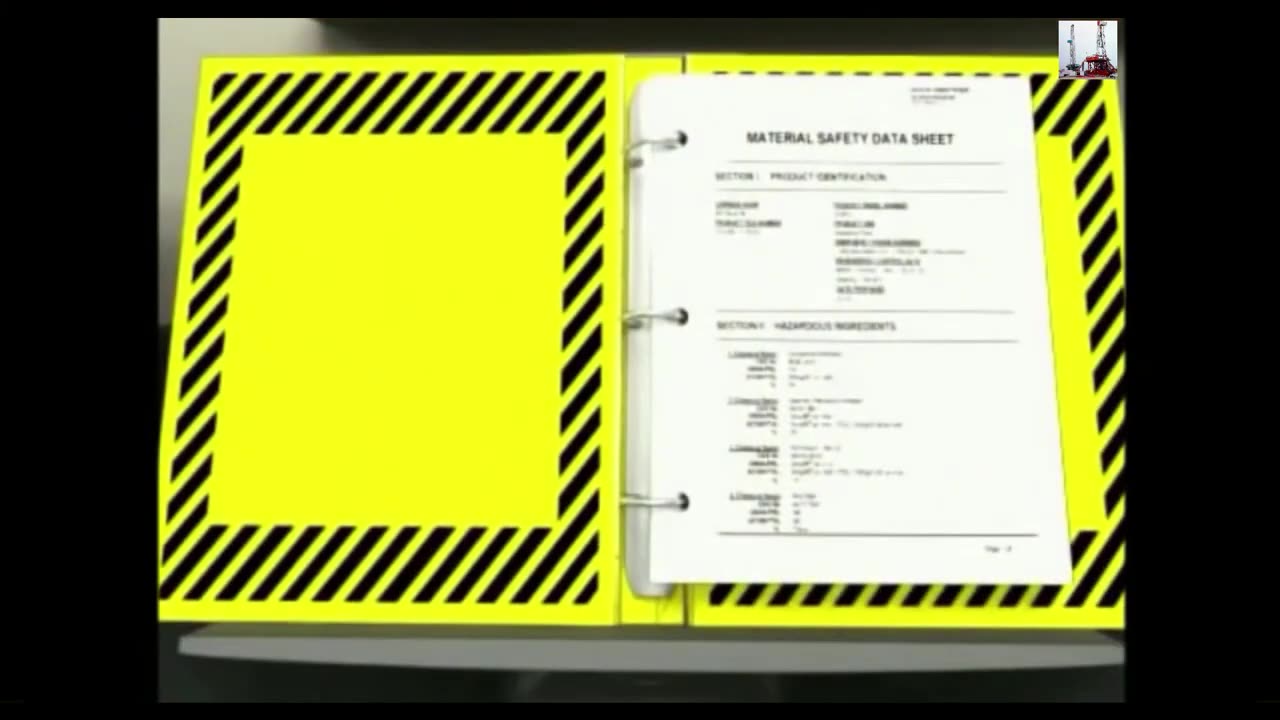Premium Only Content

HAZARD COMMUNICATION
Hazard Communication (HazCom) is an essential workplace program designed to inform employees about the potential hazards of chemicals they may encounter at work. It ensures the safe use, handling, and storage of hazardous materials, thereby reducing accidents and exposure risks. The program is typically governed by regulations like OSHA's Hazard Communication Standard (HCS) in the U.S.
---
### **Key Components of a Hazard Communication Program**
#### 1. **Written HazCom Program**
- A formal document outlining how the workplace will comply with HazCom regulations.
- Includes:
- Procedures for labeling.
- Access to Safety Data Sheets (SDS).
- Training programs for employees.
- Methods for informing workers about non-routine tasks and hazards.
---
#### 2. **Chemical Inventory**
- A complete list of all hazardous chemicals present in the workplace.
- Updated regularly to reflect changes in chemical use or storage.
---
#### 3. **Labeling of Containers**
- **Primary Containers**: Must have original manufacturer labels with:
- Product name.
- Signal word (e.g., "Danger" or "Warning").
- Hazard statements (e.g., "Causes skin irritation").
- Pictograms.
- Precautionary statements.
- Manufacturer's name and contact information.
- **Secondary Containers**: If chemicals are transferred to other containers, they must be labeled with:
- Product name.
- General hazard information.
---
#### 4. **Safety Data Sheets (SDS)**
- SDS must be available for every hazardous chemical.
- Must include:
1. Identification.
2. Hazard identification.
3. Composition/information on ingredients.
4. First-aid measures.
5. Fire-fighting measures.
6. Accidental release measures.
7. Handling and storage.
8. Exposure controls/personal protection.
9. Physical and chemical properties.
10. Stability and reactivity.
11. Toxicological information.
12–16. Additional relevant information.
---
#### 5. **Employee Training**
- Workers must be trained on:
- Understanding labels and SDS.
- Identifying workplace hazards.
- Safe handling, storage, and disposal of hazardous materials.
- Emergency procedures (e.g., spills, exposures).
- Non-routine tasks involving hazardous chemicals.
---
#### 6. **Communication of Hazards**
- Methods to inform employees of hazards in their areas.
- Procedures to communicate hazards to contractors and visitors.
---
### **Employee Responsibilities**
- Follow workplace safety protocols.
- Use personal protective equipment (PPE) as required.
- Immediately report spills, leaks, or unsafe conditions.
---
### **Employer Responsibilities**
- Maintain up-to-date hazard information.
- Ensure employees have access to SDS and proper training.
- Review and revise the HazCom program regularly.
Would you like assistance with creating a specific HazCom plan or resources for training materials?
-
 1:35
1:35
HSESafetyInformation
9 months agoMutton Chops two ways- baked & grilled Recipe by Food Fusion (Eid Recipe)
79 -
 1:16:04
1:16:04
Rebel News
2 hours agoHealth-care collapsing, Bloc says Quebec sends Alberta $, US Ambassador's advice | Rebel Roundup
8.67K12 -
 1:44:03
1:44:03
The Shannon Joy Show
2 hours agoThe BEST Of Shannon Joy 2025! Special Thanksgiving Holiday Compilation
12.4K -
 1:07:25
1:07:25
Sarah Westall
18 hours agoSarah Westall is Not a Porn Star – Conversation w/ Stuart Brotman
10K11 -
 2:59:36
2:59:36
Wendy Bell Radio
9 hours agoPoint Blank Hate
74K102 -
 4:56:43
4:56:43
MrR4ger
7 hours agoWARLOCK SOLO SELF FOUND HARDCORE - D4RK AND D4RKER HAPPY TURKEY DAY RUMBLEFAM
16.8K1 -
 1:33:31
1:33:31
Barry Cunningham
15 hours agoBREAKING NEWS: KASH PATEL AND DOJ HOLD PRESS CONFERENCE UPDATE ON NATIONAL GUARD ATTACK
123K66 -
 1:22:22
1:22:22
iCkEdMeL
5 hours ago $13.72 earned🔴 BOMBSHELL: DC Shooter Worked With CIA-Backed Unit in Afghanistan, Officials Say
28.8K19 -
 17:28
17:28
Tactical Advisor
1 day agoComparing the NEW Cloud Defensive EPL
25.1K1 -
 LIVE
LIVE
freecastle
13 hours agoTAKE UP YOUR CROSS- THANKSGIVING MUSIC EXTRAVAGANZA!
25 watching